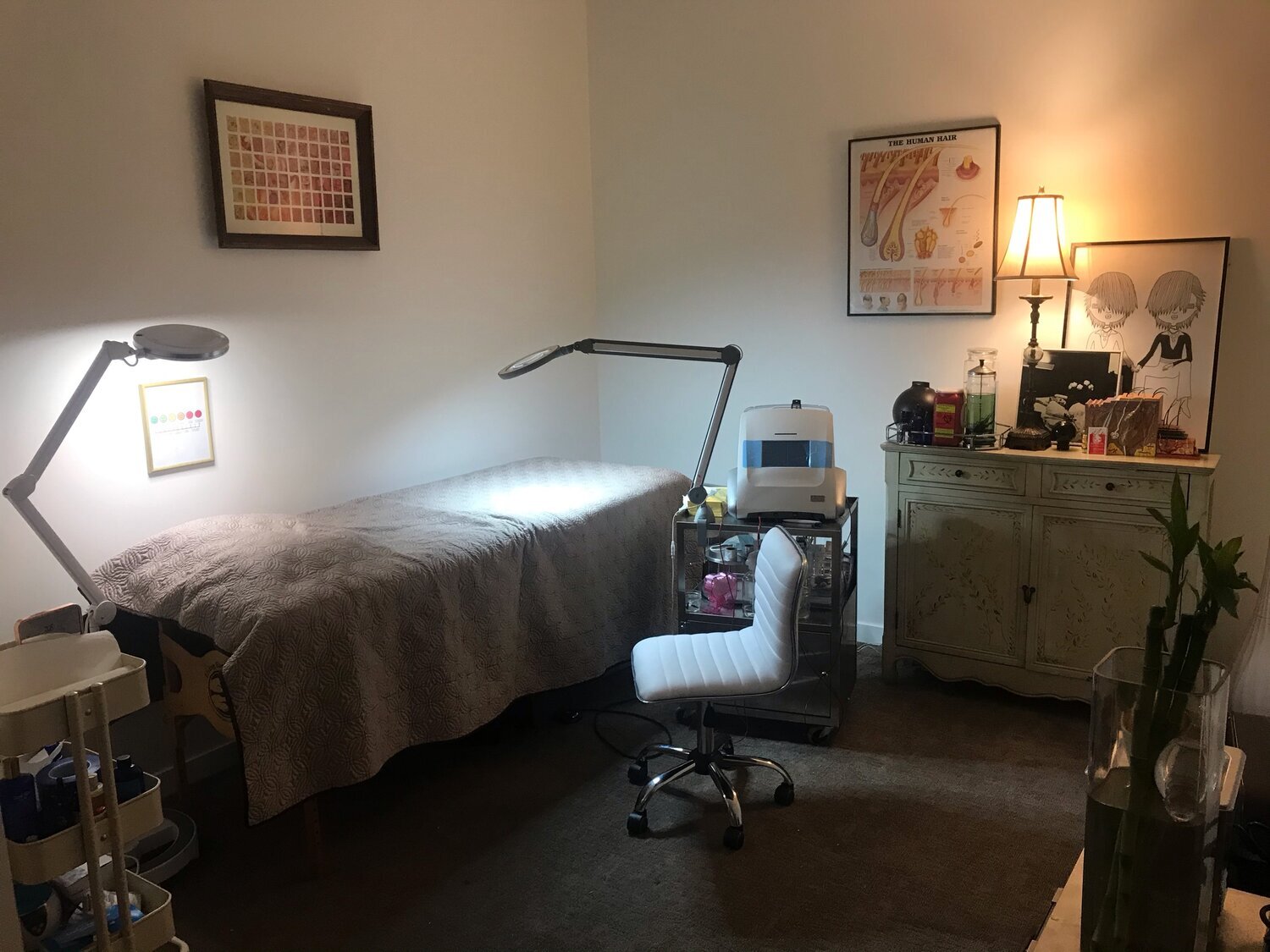Not all pimples are the same. The difference depends on what's happening below the surface. Here's a detailed look at the most common types of pimples. Tech Insider tells you all you need to know about tech: gadgets, how-to's, gaming, science, digital culture, and more.
Tech Insider: http://www.businessinsider.com/sai



